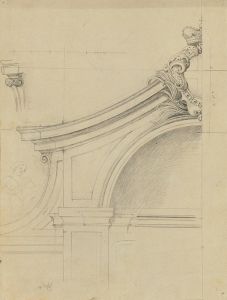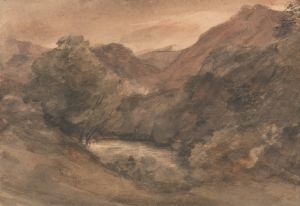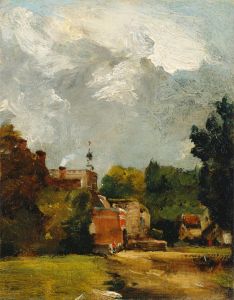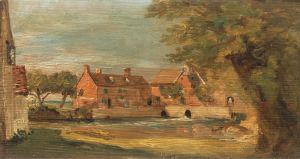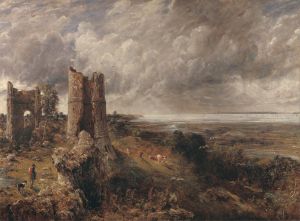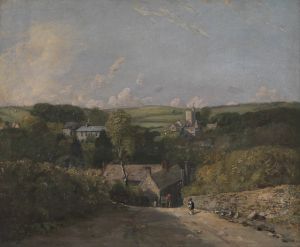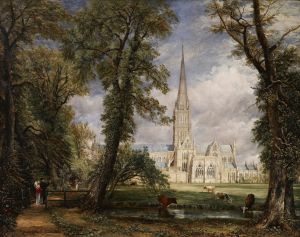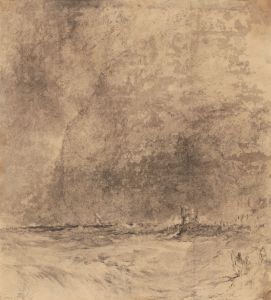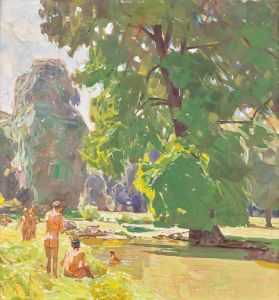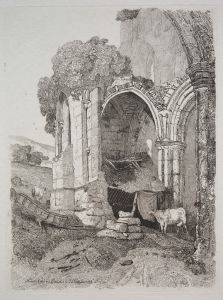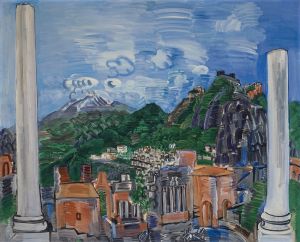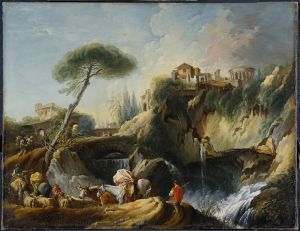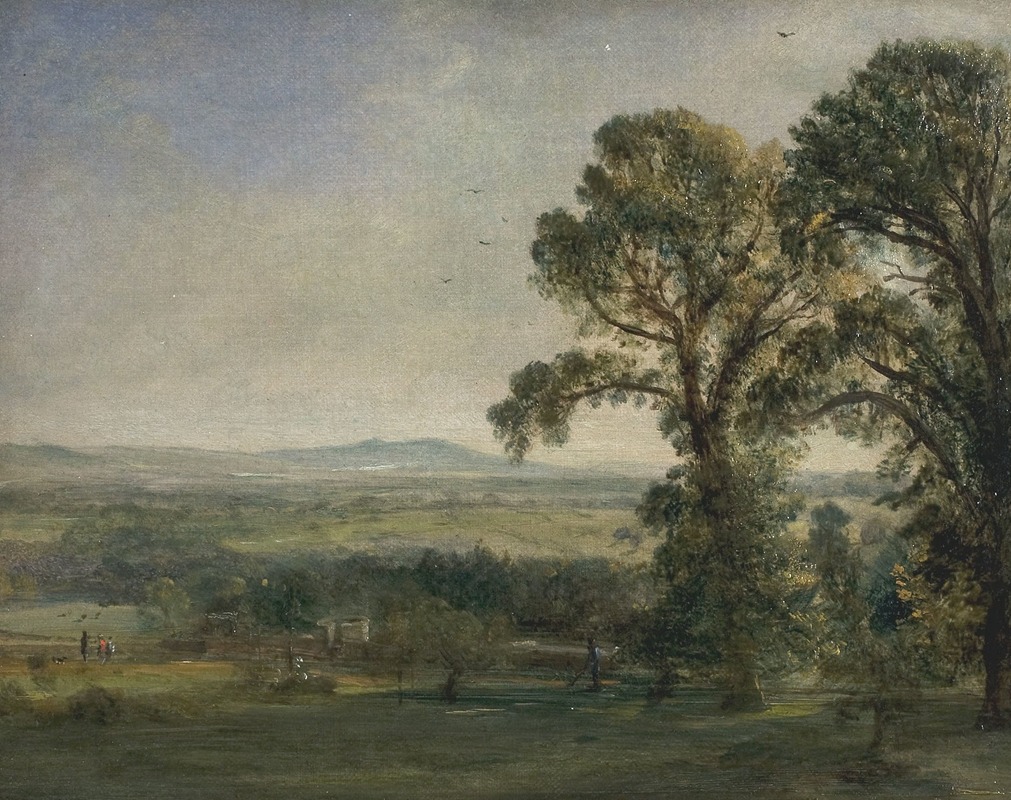
Bardon Hill, Coleorton Hall
A hand-painted replica of John Constable’s masterpiece Bardon Hill, Coleorton Hall, meticulously crafted by professional artists to capture the true essence of the original. Each piece is created with museum-quality canvas and rare mineral pigments, carefully painted by experienced artists with delicate brushstrokes and rich, layered colors to perfectly recreate the texture of the original artwork. Unlike machine-printed reproductions, this hand-painted version brings the painting to life, infused with the artist’s emotions and skill in every stroke. Whether for personal collection or home decoration, it instantly elevates the artistic atmosphere of any space.
"Bardon Hill, Coleorton Hall" is a painting by the renowned English landscape artist John Constable. Constable, born in 1776, is celebrated for his landscape paintings of Dedham Vale, the area surrounding his home, which is now known as "Constable Country." His work is characterized by his innovative use of light and atmosphere, capturing the natural beauty of the English countryside.
The painting "Bardon Hill, Coleorton Hall" is part of Constable's broader body of work that often depicted rural scenes and landscapes. Bardon Hill is a notable landmark in Leicestershire, England, and is the highest point in the county. It is known for its panoramic views and natural beauty, which would have been appealing to Constable's artistic sensibilities. Coleorton Hall, on the other hand, is a historic country house located near Bardon Hill. It was built in the early 19th century and has connections to several significant figures in British art and literature.
John Constable's connection to Coleorton Hall is primarily through his friendship with Sir George Beaumont, a prominent art patron and amateur painter of the time. Beaumont was an influential figure in the art world and played a crucial role in the establishment of the National Gallery in London. He was known for his support of artists, including Constable, and his collection of paintings, which included works by the Old Masters.
The painting itself reflects Constable's dedication to capturing the essence of the English landscape. His technique often involved working outdoors, directly observing nature, and then completing the painting in his studio. This approach allowed him to infuse his works with a sense of immediacy and authenticity. Constable's landscapes are noted for their dynamic skies, detailed foliage, and the interplay of light and shadow, all of which contribute to the overall mood of the scene.
"Bardon Hill, Coleorton Hall" would have been created during a period when Constable was exploring different regions of England, seeking inspiration beyond his native Suffolk. This exploration was part of his broader artistic journey to capture the diverse landscapes of England. While specific details about the painting's creation, such as the exact date and circumstances, are not extensively documented, it remains an example of Constable's ability to convey the beauty and tranquility of the English countryside.
Constable's work, including "Bardon Hill, Coleorton Hall," has had a lasting impact on the art world. His innovative techniques and dedication to realism influenced subsequent generations of artists, including the Impressionists. Today, Constable is regarded as one of the foremost landscape painters in British art history, and his works continue to be celebrated for their contribution to the Romantic movement and their enduring appeal.
In summary, "Bardon Hill, Coleorton Hall" exemplifies John Constable's mastery of landscape painting, capturing the serene beauty of the English countryside with his characteristic attention to detail and atmospheric effects. The painting stands as a testament to Constable's artistic legacy and his ability to evoke the natural world through his art.





![Fujisawa; Yugyôji [temple name]](/imgs/213015/s/ando-hiroshige-fujisawa-yugyoji-temple-name-73299045.jpg)
